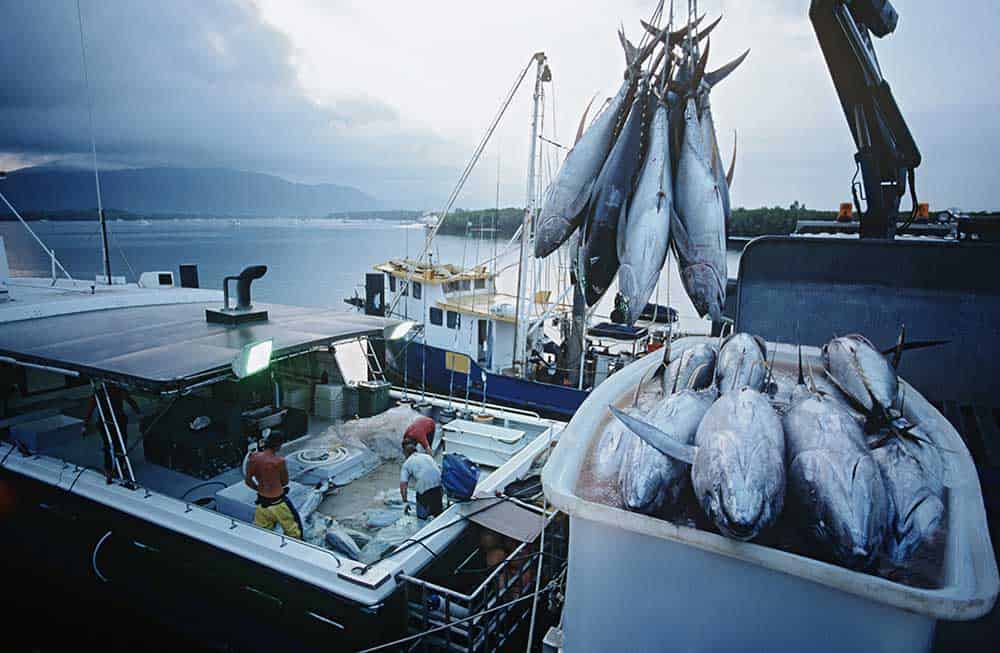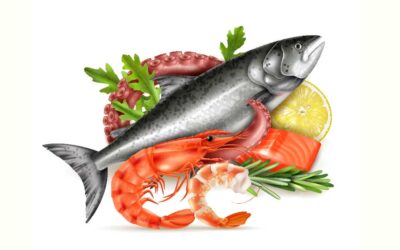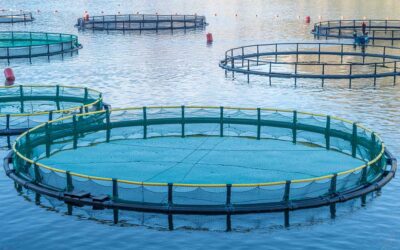Introduction
The seafood industry is in the middle of a technological revolution. Artificial intelligence (AI), blockchain traceability, drones, remote sensing, and smart gear are no longer science fiction — they are becoming part of everyday fisheries and aquaculture management. These tools promise to make operations more efficient, improve sustainability, and give consumers confidence in the seafood on their plates.
But with every innovation comes a challenge: the law is struggling to keep up. Who is responsible if an AI-driven system makes a mistake about fish stock levels? What happens if a blockchain traceability system is hacked? How do we regulate drones or remote sensors collecting data in Australian waters?
This article explores:
- The technological wave reshaping fisheries and aquaculture;
- The processes of adoption within the industry;
- The legal issues businesses must prepare for; and
- Practical steps to adopt technology without falling into legal traps.
The Issue: Technology Reshaping Seafood
Technology is entering the seafood industry on multiple fronts:
- Artificial Intelligence (AI): Algorithms are used to predict fish movements, optimise harvests, and detect illegal fishing.
- Blockchain: Provides tamper-proof records of supply chains, proving provenance and reducing fraud.
- Remote Sensing & Drones: Monitor ocean temperatures, seabed changes, and fishing activity from the sky.
- Smart Gear: Nets and trawls designed with sensors to reduce bycatch and improve efficiency.
- Data Analytics: Turn raw data from vessels, farms, and satellites into insights for better decision-making.
These technologies can:
- Improve sustainability by preventing overfishing;
- Reduce waste and bycatch;
- Provide consumers with confidence in labelling and provenance;
- Increase efficiency and productivity across the sector.
But they also raise questions about liability, ownership, privacy, and regulation.
Processes: How Industry Adopts Technology
Most seafood operators are adopting new technology gradually, in three stages.
- Pilot and Trial Phase
-
- Collaboration with tech providers, research institutes, or government agencies.
- Small-scale testing of AI, blockchain, or drones in a controlled environment.
- Data-sharing agreements are common but often not legally robust.
- Scaling and Integration
-
- Successful trials lead to wider rollout across operations.
- Contracts with suppliers, software providers, and certification bodies become critical.
- Businesses begin relying on digital tools for compliance and reporting.
- Regulatory Adoption
-
- Governments and regulators begin to rely on technology for licensing, monitoring, and enforcement.
- Digital reporting systems may replace paper-based methods.
- International buyers increasingly demand proof of provenance through technology.
At every stage, legal frameworks lag behind. Businesses must be proactive in identifying and managing risks.
Legal Issues: Where the Risks Lie
- Liability in AI-Driven Decisions
AI is only as good as the data fed into it. If an algorithm incorrectly predicts fish stocks, leading to overfishing or regulatory breaches, who is liable? Possibilities include:
-
- The seafood operator using the system;
- The tech provider that designed it;
- Regulators who endorsed it.
Risk: Businesses could face regulatory penalties or civil claims even if the AI, not human error, caused the mistake.
- Data Governance and Privacy
Traceability and monitoring systems collect vast amounts of data, including:
-
- Commercially sensitive supply chain information;
- Personal data from consumers scanning QR codes;
- Environmental and vessel data that may be classified.
Australia’s Privacy Act regulates personal data. Export markets like the EU apply GDPR, which is even stricter.
Risk: Breaches or misuse of data can lead to fines, lawsuits, and reputational harm.
- Intellectual Property (IP) Disputes
Collaboration with tech developers often creates questions about ownership:
-
- Who owns the algorithm once it’s trained on industry data?
- Can the provider reuse insights generated from seafood businesses?
- Do joint ventures create shared IP that is difficult to manage?
Risk: Businesses may lose control over critical technology if contracts don’t clearly define IP rights.
- Cybersecurity and System Integrity
Blockchain and cloud-based systems are not immune to attack. A cyber breach could:
-
- Corrupt or erase traceability records;
- Expose confidential supplier or pricing data;
- Undermine consumer trust in certification systems.
Risk: Liability disputes over who is responsible for security failures (the seafood company, tech provider, or third-party host).
- International Law and Standards
Export markets are increasingly requiring digital proof of provenance. Different countries, however, set different standards. For example:
-
- Japan may require specific sustainability certifications.
- The EU applies GDPR to data collected in its market.
- The US has strict import monitoring requirements.
Risk: Inconsistent standards create confusion, duplication of effort, and possible exclusion from markets.
Practical Steps for Businesses
Seafood operators can prepare for the legal risks of technology adoption by:
- Reviewing contracts with tech providers: clarify liability, data ownership, and IP rights.
- Auditing data systems to ensure compliance with Australian and international privacy laws.
- Developing cybersecurity protocols and ensuring insurance covers digital risks.
- Training staff to understand both the opportunities and limits of AI and traceability tools.
- Aligning with global standards early to protect export access.
- Engaging lawyers to future-proof agreements before scaling up technology.
Looking Ahead: The Future of Seafood Law and Technology
The coming years will bring more legal activity in this space. We expect to see:
- Court cases on AI liability: determining who is responsible when automated systems fail.
- Stronger cybersecurity regulation: requiring minimum standards for traceability and digital reporting.
- Cross-border disputes: as international buyers impose stricter technology requirements.
- Integration of law and tech: with regulators using AI for monitoring, and businesses required to comply with digital-first systems.
Technology is here to stay — but so are the legal complexities that come with it. Businesses that address these issues now will be best placed to thrive in the future.
Conclusion
Innovation is reshaping the seafood industry, but smart technology must be matched by smart legal strategies. From AI-driven decision-making to blockchain traceability, the opportunities are vast — but so are the risks.
Seafood businesses must not assume that technology automatically protects them. Instead, they must take proactive steps to ensure that contracts, compliance systems, and cybersecurity measures are robust.
At Aquarius Lawyers, we specialise in helping seafood operators adopt technology with confidence. We provide tailored advice on contracts, IP, privacy, and compliance frameworks that allow businesses to innovate without fear.
Because in the modern seafood industry, it’s not enough to be smart — you must also be legally secure.




